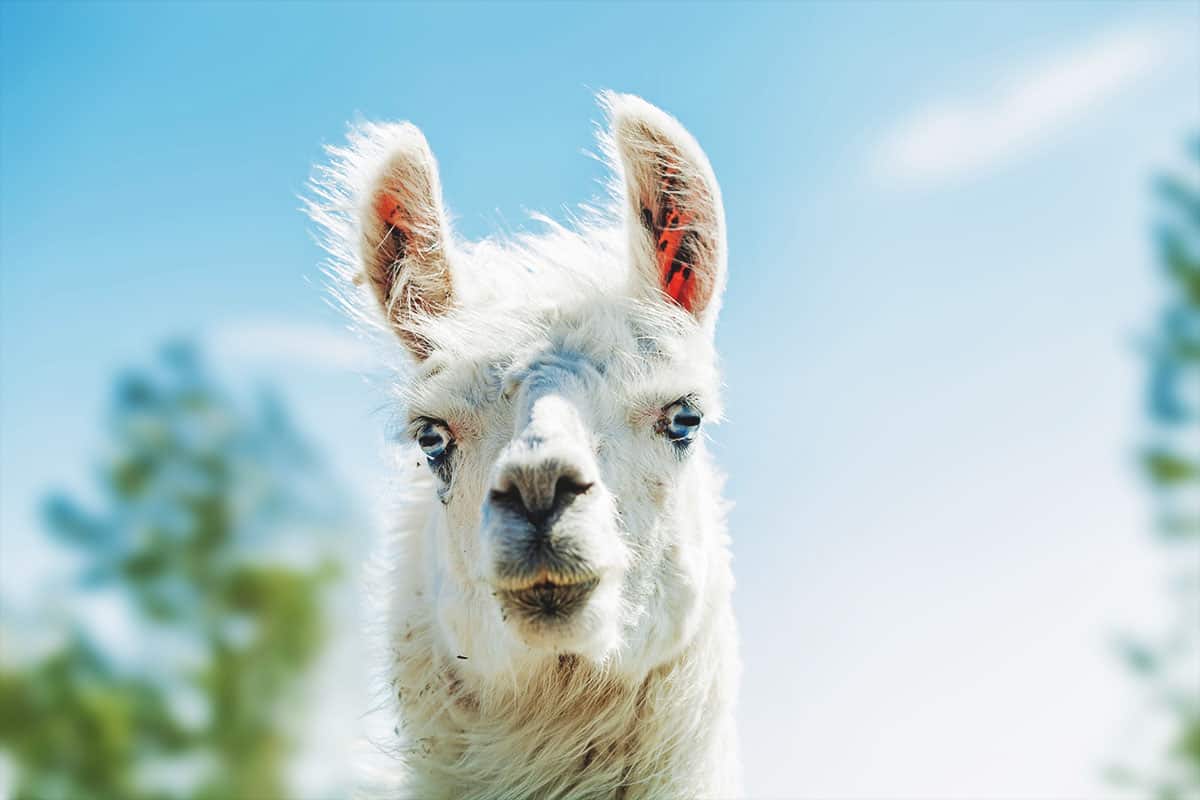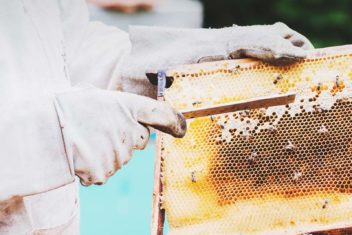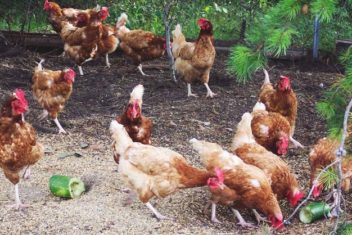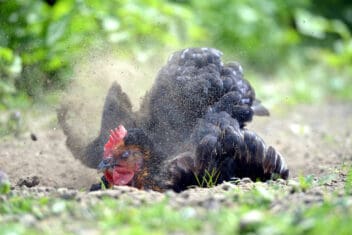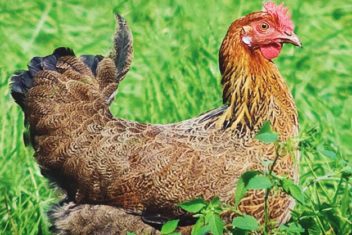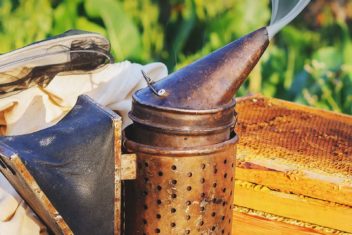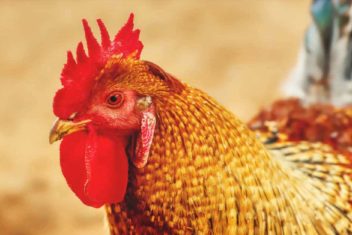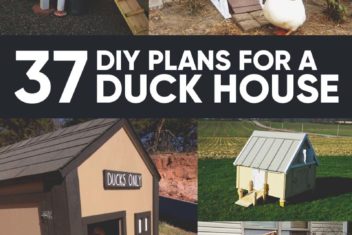Many people don’t think of llamas when they are considering livestock animals for their homestead. The common choices are chickens, horses, cows, and pigs. But, did you know that llamas are incredible animals to add to your life?
Llamas provide wool that can be used for spinning, batting, and cushion filling. They can accompany you on long hikes or carry materials around your property. They’ll protect your other livestock and maintain your pasture. On top of that, they provide companionship for herd animals like horses.
Llamas are also easy to look after despite their large size. Keep reading to find out about the benefits of having this multi-purpose animal on your land!
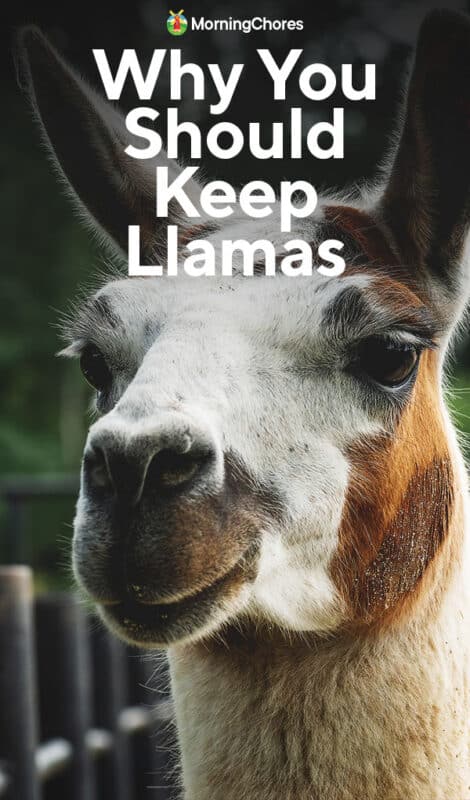
Why You Should Keep Llamas on Your Homestead
Llamas are incredibly loyal and sweet-natured animals that can bring a friendly spirit to your homestead. However, if you’re not looking for just a pet, then you can also use them for fiber and as a pack animal to carry large loads on long hikes or around your property.
They are easy to care for and can offer a lot of benefits to your land which makes them an amazing choice for your homestead. Plus, their quirky personality will bring some joy into your daily life and cheer you up!
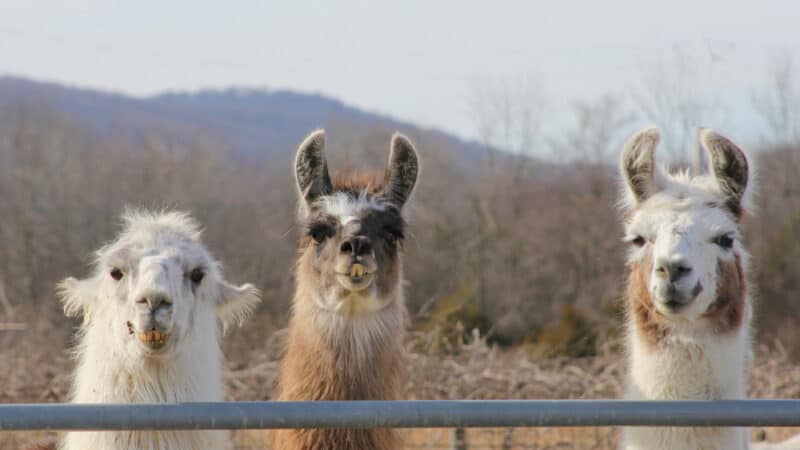
If you’re not convinced that having a llama on your property is for you, these fun facts might inspire you. They were first domesticated over 4,000-5,000 years ago and have two wild cousins, the vicuña and guanaco.
Llamas are highly intelligent and come in a range of colors. Though they are excellent pack animals, they will lie down if the load is too heavy.
Llamas feces have almost no odor, their fiber is soft and lightweight, and they can grow up to 6 feet tall. They’re pretty cool animals, right? Here are eight good reasons to keep them around:
1. Gentle Protectors
It’s hard not to love a llama when you see them. Their soft fur and calm personality make them welcoming and friendly. If you’re someone that is raising sheep or chickens, then you’ll be happy to know that llamas are great protectors.
Even though they look adorable, they are very perceptive and have sharp eyes and ears. They are always scouting the surrounding area for predators and will alert other animals if there’s danger. On top of that, they will stand their ground if predators like coyotes come around.
In other words, they can be friendly little companions until you or your livestock need some protection. Then they’ll be there when you need them. Both genders above the age of two make excellent guardians.
2. Pack Animals
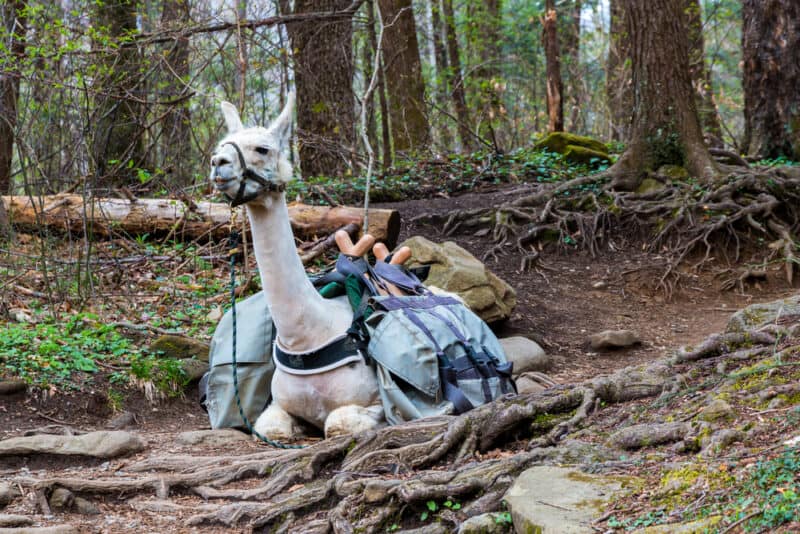
One of the reasons that people have llamas on their homestead is because they’re great as pack animals. As llamas come from the rocky climates of South America they are used to being used as pack animals to carry heavy weights uphill and for long distances.
Llamas are incredibly strong. They can carry up to a fourth of their body weight. Amazing, right? In some ways, they’re even better than donkeys for carrying loads.
Donkeys have hooves that grip into the ground and make noise when they walk. Whereas llamas have softer feet that make them basically silent when they’re walking. Llamas are also quieter in general than donkeys.
For trails, llamas are more alert which makes them better for safety when you’re walking in the wilderness. But, if you’re looking to carry more weight, then a donkey might be a better choice as they can hold more weight.
3. Soft Wool
Llamas are equipped for living in cold, harsh weather because their fur is coarse and keeps them well insulated in colder temperatures. That means you won’t have to worry about keeping a llama on your property if you live in a cooler area.
They’ll be able to survive no problem!
4. New Friend

Sometimes we all need an animal friend to help us through difficult times and to cheer us up on bad days. Luckily, llamas make amazing friends. They are good-natured and get in perfectly with people of all ages, including children.
Although, llamas can spit they only resort to this if they feel threatened. There shouldn’t be any problems keeping llamas on your homestead as long as you treat them with kindness and bond with them.
5. Show Factor
Have you ever seen a llama at a zoo? They’re common because they are easy to keep in herds and friendly towards visitors. Plus, they can also be used for competitions.
Llamas can be trained to run obstacle courses and take part in competitions. It’s not just horses or dogs that can compete, llamas can too!
6. Maintain Pasture
If you want an animal to help maintain your pasture, you can’t beat llamas. They will graze the grass but they don’t destroy the soil by overgrazing. Because their feces don’t have a strong odor, they won’t stick up the area, either. Plus, their poop helps to fertilize the area.
7. Companion Animals
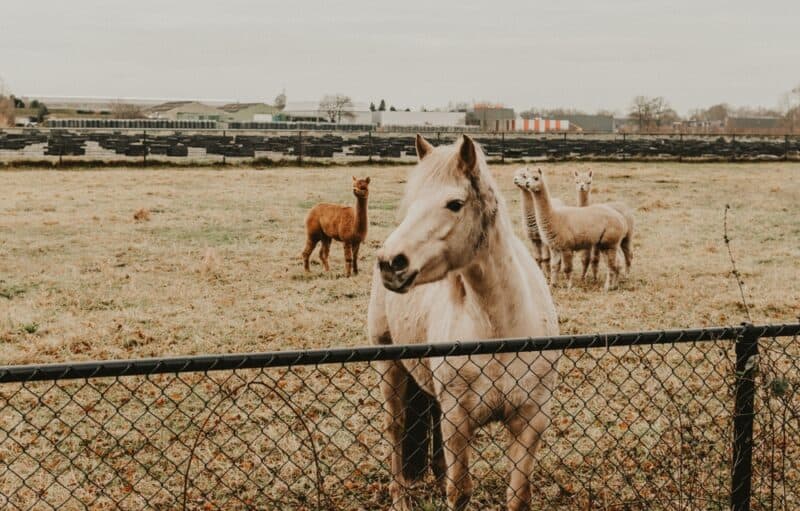
Not only can llamas be a good companion for people, but they’re ideal as pals for your other herd animals like horses. If you have one horse, it can often become lonely for animal companionship. But llamas can act as part of their herd, calming them and improving the physical and mental health of both animals.
8. Pull Carts
Llamas might not come to mind when you think of draft animals, but they can absolutely pull carts. They have a long stride and can be trained to pull solo or in groups. It does take a little time to train them for pulling, so plan ahead if this is something you want to do.
Llamas and Alpacas: What’s the Difference?
Llamas are often confused with alpacas. Even though they are both members of the Camelidae family, they are entirely different animals. You might be thinking, what makes them different from one another? And, are there any similarities?
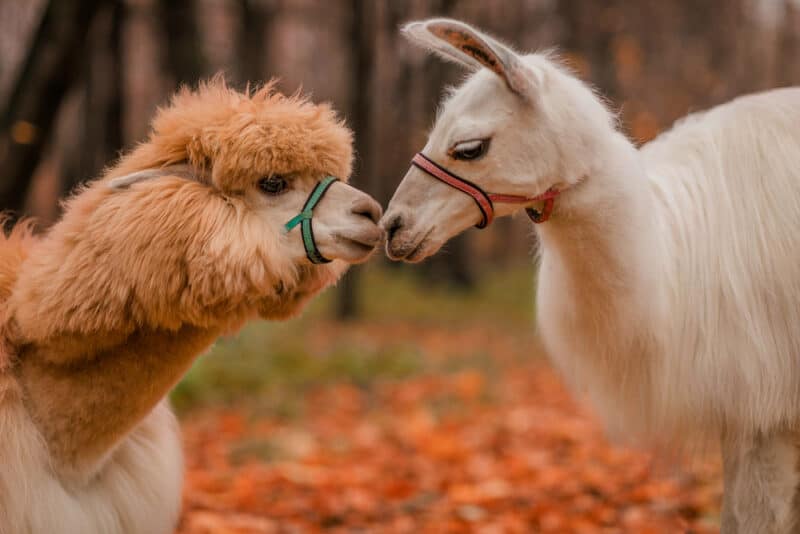
Llamas
- Size: llamas are twice the size of alpacas and weigh up to 500 pounds
- Appearance: straight backs with high-set tails
- Fur: less facial hair and double coat
- Ears: banana-shaped ears
Alpacas
- Size: short and weigh about 100-200 pounds
- Appearance: sloping backs and sloped tails
- Fur: furry faces and soft fur
- Ears: short, straight ears
Similarities Between Llamas and Alpacas
Both llamas and alpacas have the same diet, they both eat grass and hay. This makes it ideal if you want to house llamas and alpacas together or you might be considering mixing them together in a field in the future.
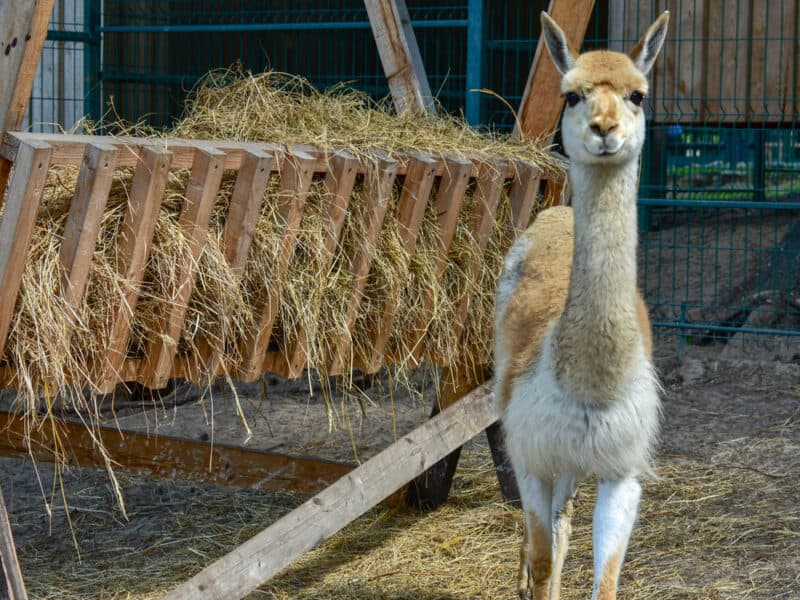
They also have the same pregnancy period of 11.5 months and their babies are referred to as crias. Lamas tend to weigh more at birth than alpacas.
In terms of behavioral patterns, they are both known for spitting when having arguments with other animals. This is normal for animals of the camel family as it is their form of communicating a dislike or confrontation with something.
If you’re looking to sell or spin yarn, llamas are a better choice as llamas produce more fiber. Both animals live long lives up to 15-25 years so if you get a llama then you’ll have them in your life for a while.
